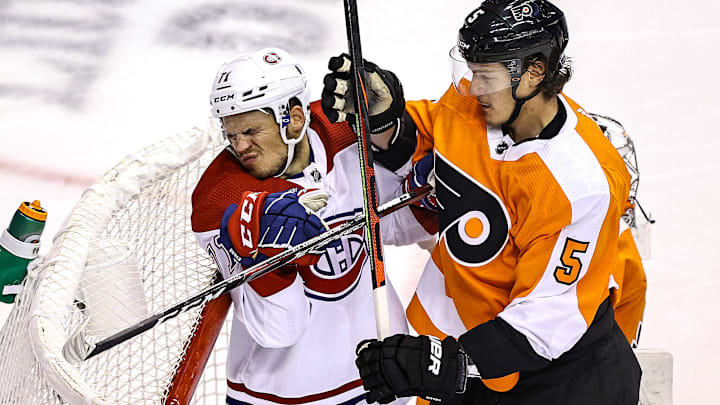High sticking is the most straightforward of all the penalties. If a player's stick makes contact above the shoulders, it's a high sticking penalty.
The NHL Rulebook states that "A “high stick” is one which is carried above the height of the opponent’s shoulders. Players must be in control and responsible for their stick. However, a player is permitted accidental contact on an opponent if the act is committed as a normal windup or follow through of a shooting motion, or accidental contact on the opposing center who is bent over during the course of a face-off. A wild swing at a bouncing puck would not be considered a normal windup or follow through and any contact to an opponent above the height of the shoulders shall be penalized accordingly."
A minor penalty is when a player makes contact with an opponent above the shoulders and there is no damage. A double-minor (4 minute) penalty happens when the high stick causes the opposing player to bleed. A double minor penalty can go through the review process where the on-ice officials watch the infraction on a tablet.
There can also be a match penalty if the officials believe that the offending player tried to injury their opponent with the stick to the face.
The above high stick is an example of the referees missing a high sticking penalty. The officials should have assessed a double-minor high sticking penalty and then review the infraction to see if it's worth a match penalty.
The Brad Marchand and PK Subban rivalry in the early 2010s was one of the most vicious in the league. The pair had numerous violent events between each other, including this high stick/trip that Marchand had on the forecheck.
